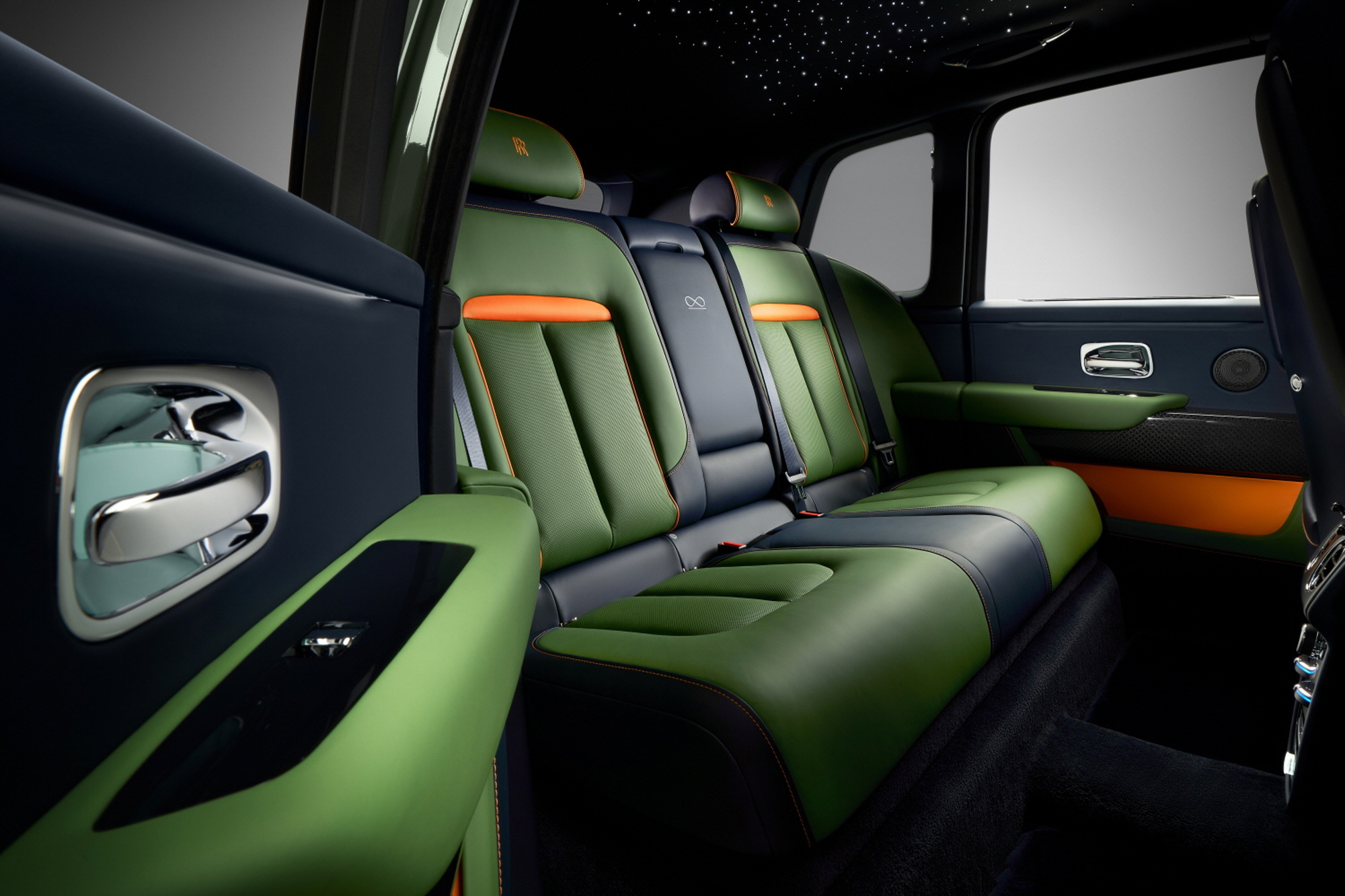
Various materials are used, ranging from fabric to synthetic leather and natural leather. Recently, eco-friendly materials have also been making appearances.
When talking about car seats, it is impossible to overlook ultra-luxury brands like Rolls Royce and Bentley.
Rolls Royce uses between 15 to 18 different leather fabrics per vehicle. To achieve perfect color harmony, materials dyed at the same time are utilized. Instead of standard dyeing, a drum dye process is employed for leather dyeing. Leather dyed through the drum dyeing process is flexible and crack-free, boasting exceptional durability.
Bentley finishes their car seat production with meticulous hand stitching by artisans. The process takes 37 hours for one person to complete a single car. Bentley has noted that customers prefer the smell of leather, leading to the use of special tanning methods to preserve this unique aroma. Even the steering wheel features stitching done by skilled artisans.
The leather used for seats by Rolls Royce and Bentley comes with stringent conditions. Only the finest bull hides raised in highland pastures without barbed wire are chosen. The use of highland pasture-raised bull hides is due to the absence of mosquito bite marks on the back and the leather’s inability to sag. Furthermore, highland-raised bull hides are sought out for their lack of cuts from barbed wire or sharp objects.
Mercedes-Benz also employs leather experts for the S-Class, using only the highest quality Nappa leather that enhances the luxurious atmosphere and tactile experience for passengers. Moreover, customers can choose the seat color that matches their preferences.
Synthetic fibers or eco-friendly materials that imitate the feel of leather are sometimes utilized, as seen in the Porsche Taycan. The Porsche Taycan features sustainable leather called ‘OLEA’, made from olive leaves. The inherent quality of the leather is accentuated by a special print, making this an eco-friendly product that does not use any leather. Additionally, the Taycan and 911 GTS include ultra-fine synthetic fibers made from recycled polyester, which emit over 80% less carbon dioxide during production than traditional leather materials.
The Volvo C40 does not use leather at all. It employs materials that meet the standards of Oeko-Tex, a European eco-friendly fiber organization, minimizing the release of allergy-causing volatile organic compounds. Additionally, the 90-Series incorporates high-quality natural Nappa leather while also using allergy-free materials to create a pleasant interior environment.
Lee Sang-jin daedusj@autodiary.kr
